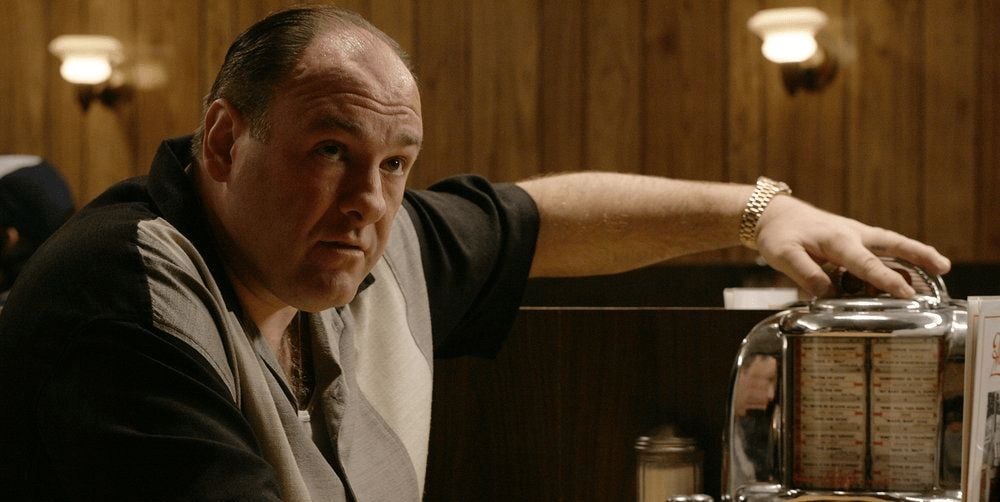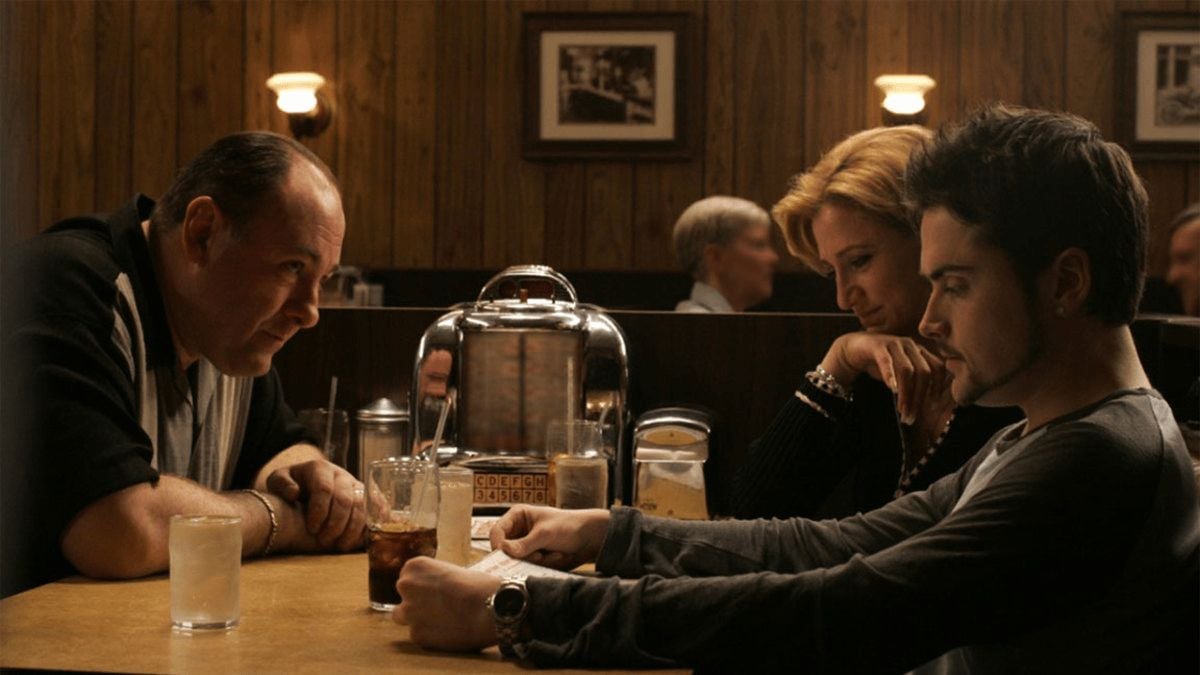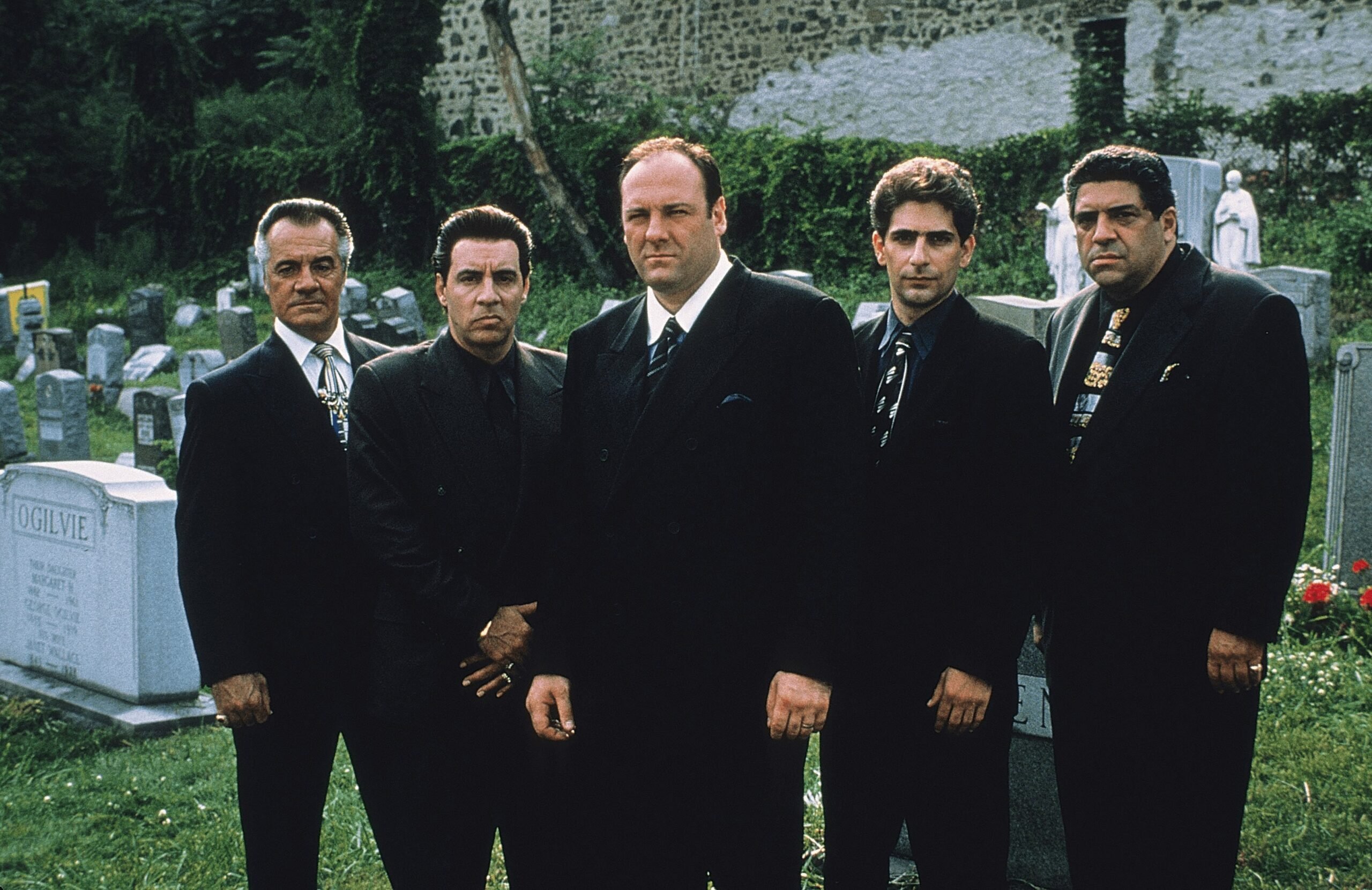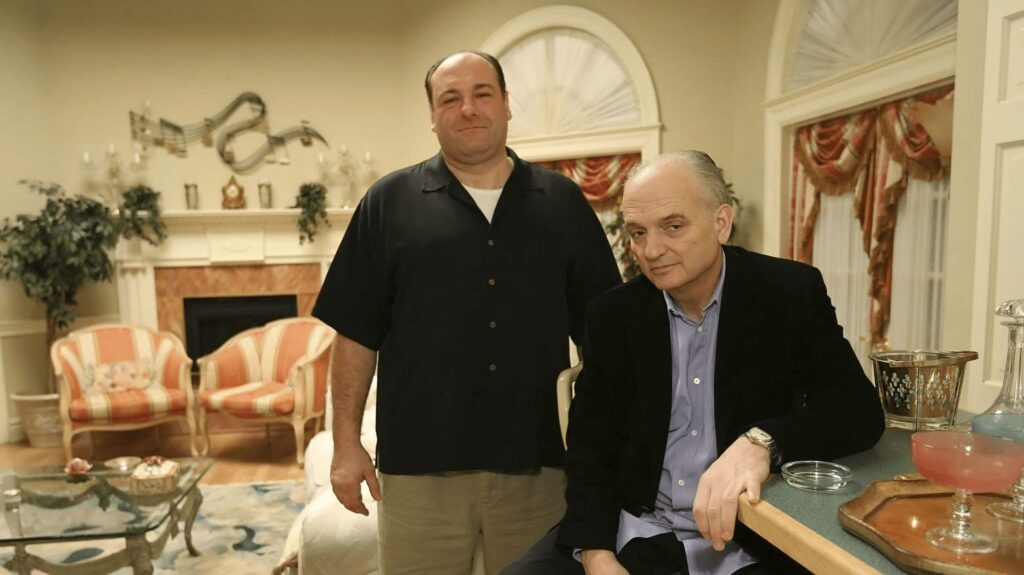Introducing a Television Milestone
When we talk about television that has left an indelible mark on its audience, ‘The Sopranos’ stands tall as a cultural phenomenon. Its blend of dark humor, family drama, and mob politics made it more than just a show; it was a reflection of the complexities of American life. But nothing could have prepared viewers for the The Sopranos series finale, an episode that sparked debates and theories that continue to this day.
Initial Shockwaves from the Finale
The final moments of ‘The Sopranos’ were anything but conventional. As the screen cut to black, fans were left to ask, “Is that it?” The creator, David Chase, had indeed crafted an ending that defied expectations. I had no idea it would cause that much—I mean, I forget what was going on in Iraq or someplace; London had been bombed! Nobody was talking about that; they were talking about The Sopranos. It was kind of incredible to me
, Chase remarked on the overwhelming reaction. This abrupt conclusion left many feeling let down yet paradoxically fascinated by its boldness.
David Chase’s Vision for the End
David Chase envisioned a finale that would stay with viewers long after the credits rolled. That death scene in mind for years
, he admitted, revealing his long-term vision for Tony’s fate. He also toyed with a different scenario: Tony was going to get called to a meeting with Johnny
, which would end in his definitive demise. Yet what aired was something more enigmatic, leaving fans to wrestle with the true meaning behind Tony’s last supper at Holsten’s.
Decoding the Symbolism
The finale’s setting itself was rife with symbolism. From the selection of Journey’s “Don’t Stop Believin’” to the mundane act of ordering onion rings, every detail seemed intentional. The first shot of Tony at Holsten’s diner has been likened to the last supper
, with Tony as a modern-day Jesus figure, perhaps foreshadowing his fate. The bell’s toll as each character enters also carries weight, signaling moments of revelation or impending doom.


Diving into Fan Theories
Theories about the ending have become as legendary as the show itself. Some fans speculate that Tony was killed in front of his family, similar to Phil Leotardo’s fate, while others wonder about Meadow’s timely absence due to her parking struggles. These discussions are fueled by Chase’s own words and are a testament to the show’s profound impact on its audience.


Influencing Television Endings
The legacy of ‘The Sopranos’ extends beyond its narrative; it has shaped how TV shows approach their final bows. By not conforming to expectations, it set a precedent for other finales—some shows now dare to leave threads untied and fates uncertain, challenging viewers to embrace ambiguity as part of the storytelling experience.
Cultural Conversations Sparked
The finale became more than just an episode; it was a cultural event that eclipsed other significant news at the time. It spurred endless discussions among fans and in media outlets, reflecting our connection to these fictional lives and our desire for resolution. Even today, these conversations continue unabated, highlighting the enduring relevance of ‘The Sopranos’ in popular culture.


Cast Members Reflect on That Final Cut
The actors who brought ‘The Sopranos’ to life have shared their insights into filming that last scene and its aftermath. At various events and Q&A sessions, they’ve opened up about their experiences and interpretations, providing fans with a glimpse behind the scenes of one of television’s most talked-about moments.


In conclusion, ‘The Sopranos’ finale remains a masterclass in storytelling and suspense. Its ability to provoke discussion and debate is unmatched, inviting viewers to explore deeper meanings and craft their own endings—a true testament to its brilliance. As we look back on this iconic moment in TV history, we are reminded that sometimes the most powerful stories are those that leave us with questions rather than answers.

